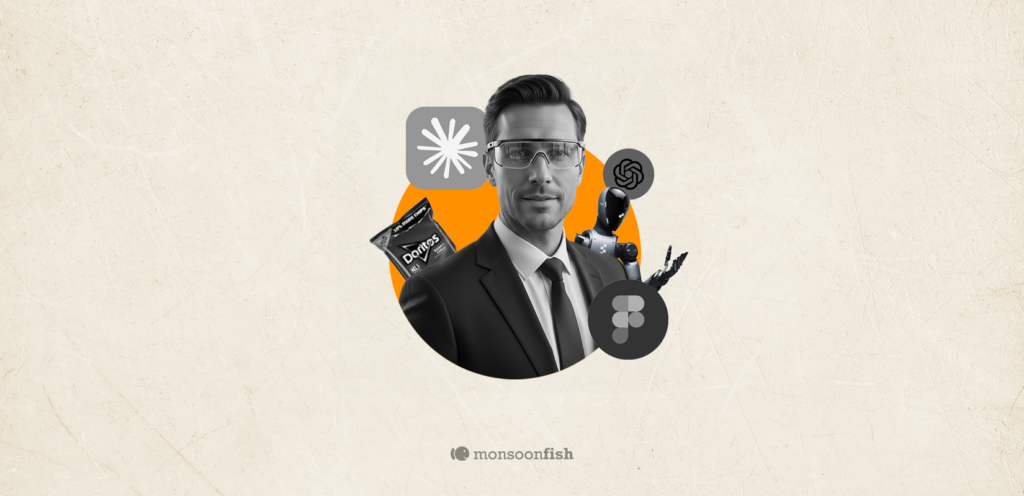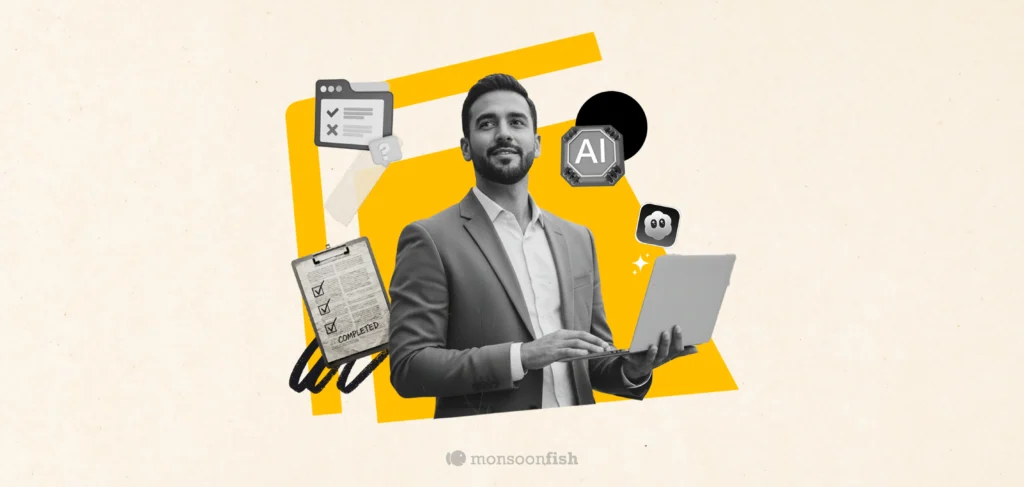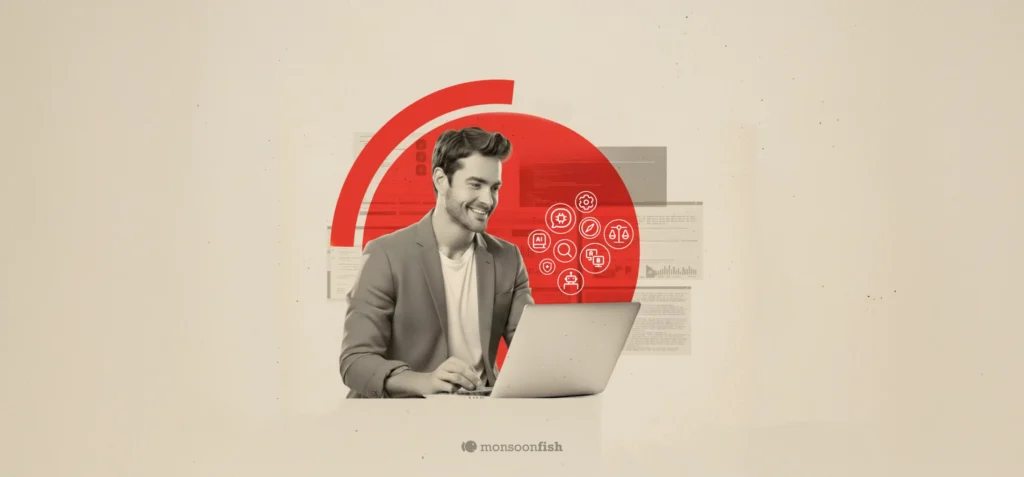What will Product Management Look Like in 2035?
Discover how AI agents will reshape product management by 2035: automating decisions, designing workflows, and amplifying human judgment.
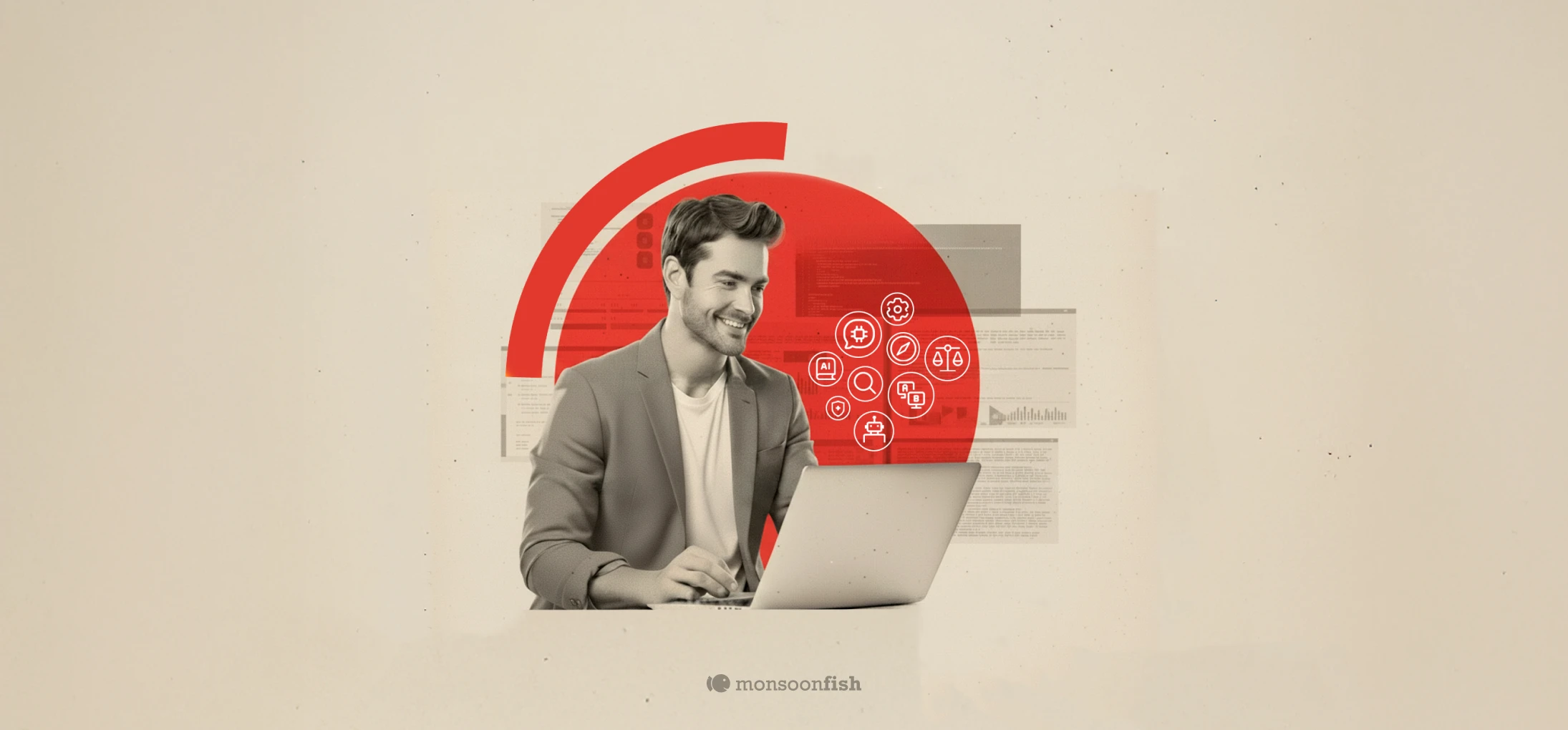
It’s 2035. Your AI agent wakes before you do, scans overnight user data, surfaces emerging patterns, adjusts pricing for specific customer cohorts, and drafts two product experiments you’ll review over breakfast. By the time you open your dashboard, the backlog is already reprioritized based on projected ROI, and customer support tickets have been clustered by root cause.
With gen-AI now standard across teams (71% use it in at least one function), ‘agent-assist’ workflows are already creeping into roadmaps. With this blog, we unpack a practical view of that shift, patterns, pitfalls, and design moves you can run this quarter. And yes, there’s a pilot framework at the end.
The New Product Stack: Humans + Agents
By 2035, the product stack will include more than analytics dashboards and sprint boards, it’ll have embedded AI agents that co-manage parts of your workflow.
Agents that:
- Monitor retention dips and automatically draft hypotheses.
- Simulate A/B test outcomes before a single pixel is changed.
- Scan customer feedback, detect sentiment shifts, and summarize weekly insights.
- Even negotiate resource trade-offs across teams.
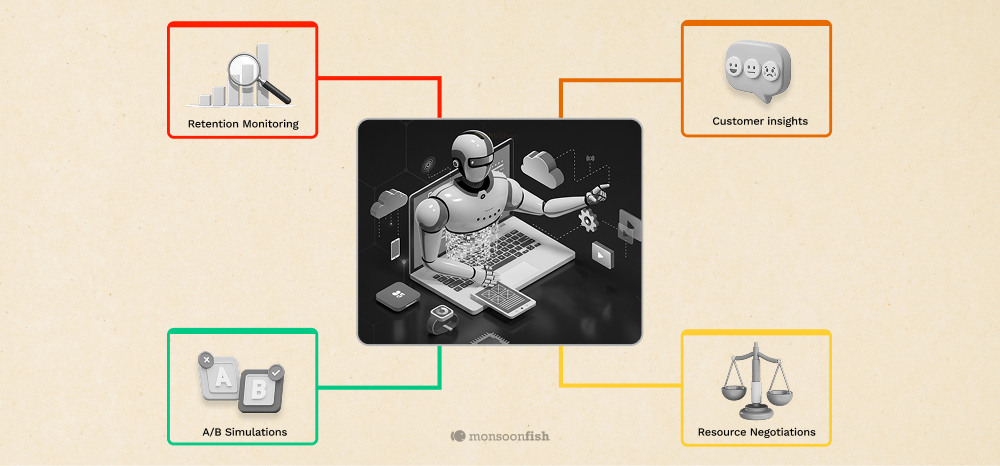
We’re already seeing early versions of this at work.
Walmart now employs “agent developers” who build AI mini-agents to automate internal workflows, some of which cut accessibility-testing time from weeks to hours.
Cisco’s Webex has deployed a network of “meeting agents” that summarize calls, assign tasks, and follow up without human intervention.
And Dalet’s Dalia, an “agentic AI” layer, connects media tools through one conversational interface which is proof that workflow-aware AI isn’t futuristic anymore; it’s here.
The new age product manager won’t just use these tools, they’ll design systems that work well with them.
The Human Edge: Where Judgment Still Wins
While AI will handle volume and velocity, humans will still own meaning and direction.
Product managers will shift from orchestrating people to orchestrating intelligence: human and machine.
Agents can identify the “what,” humans will shift to defining the “why.” They’ll interpret nuance, ethical trade-offs, and user emotion, the gray areas algorithms can’t see.
Empathy, context-sense, and creative leaps will become the new superpowers.
Data may tell you what customers do, but only humans can ask why they feel that way.
Rewired Roles and Emerging Skills
The PM org chart of 2035 will look different:
- AI Product Managers – who guide and train agents, defining what success looks like for each one.
- Agent Ops Specialists – who monitor performance, biases, and escalation triggers.
- UX Designers for Agents – who ensure products are navigable not just for people, but also for AI collaborators interacting with them.
These roles will blur lines between product, data, and design. It won’t be enough to just “launch features.” Teams will launch learning systems that evolve with every user interaction.
Design Implications: UX for Agents
This is where design thinking takes on a new layer. Just as we once learned to design for mobile and voice, we’ll now design for machine readability and agent usability.
Interfaces will need to communicate clearly with AI agents: structured data, consistent metadata, and transparent workflows will matter more than glossy UI.
Products will need to “speak” a language that’s both human-intuitive and machine-interpretable.
We’ve already started exploring what this could mean at the studio: How do you design trust cues that work for both a human buyer and an AI agent making automated purchasing decisions? How do you make systems interpretable, not just usable?
The Playbook for Product Leaders
Here’s what forward-thinking product leaders can start doing today to stay ahead of this shift:
- Map your automation curve – Identify which decisions in your product workflow are rules-based (ripe for agents) vs. judgment-based (human-critical).
- Design for interpretability – Build systems that are easy for AI to read and explain: data structure, labeling, and feedback loops matter more than ever.
- Upskill for orchestration – Learn prompt engineering, AI ethics, and decision modeling. Tomorrow’s PMs will need to guide multi-agent ecosystems, not just human teams.
- Build with UX parity in mind – Don’t just design for users, design for the agents acting on their behalf.
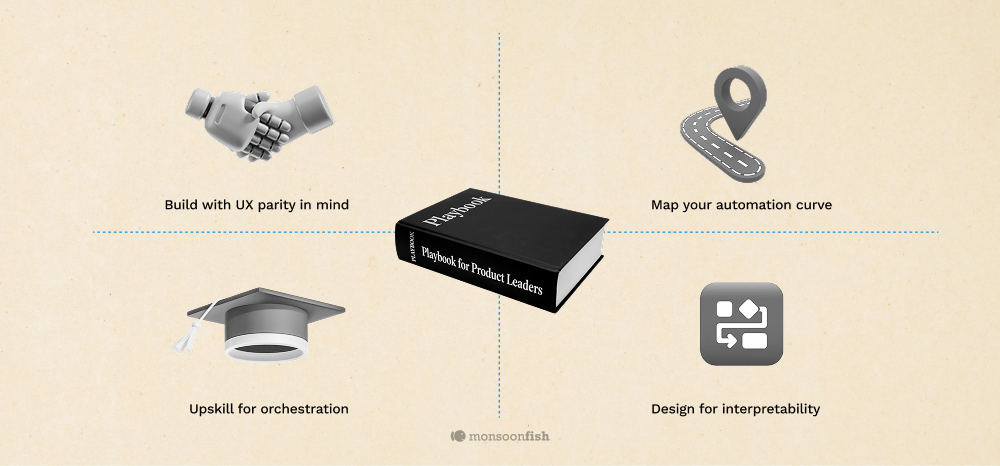
The shift isn’t about losing control; it’s about gaining leverage, using intelligent tools to amplify human insight.
Don’t Wait for the Next Decade
The future of product management isn’t waiting for 2035, it’s quietly taking shape in how teams already work.
The winners won’t be the first to adopt AI, but the ones who integrate it thoughtfully, where agents handle the scale, and humans shape the story.
At Monsoonfish, we help product teams stay ahead of that curve, by designing clarity into complexity, and helping leaders make smarter, faster, human-centered decisions in an AI-first world.
Want the 30–60–90 we use with clients? Download it here
CATEGORIES
